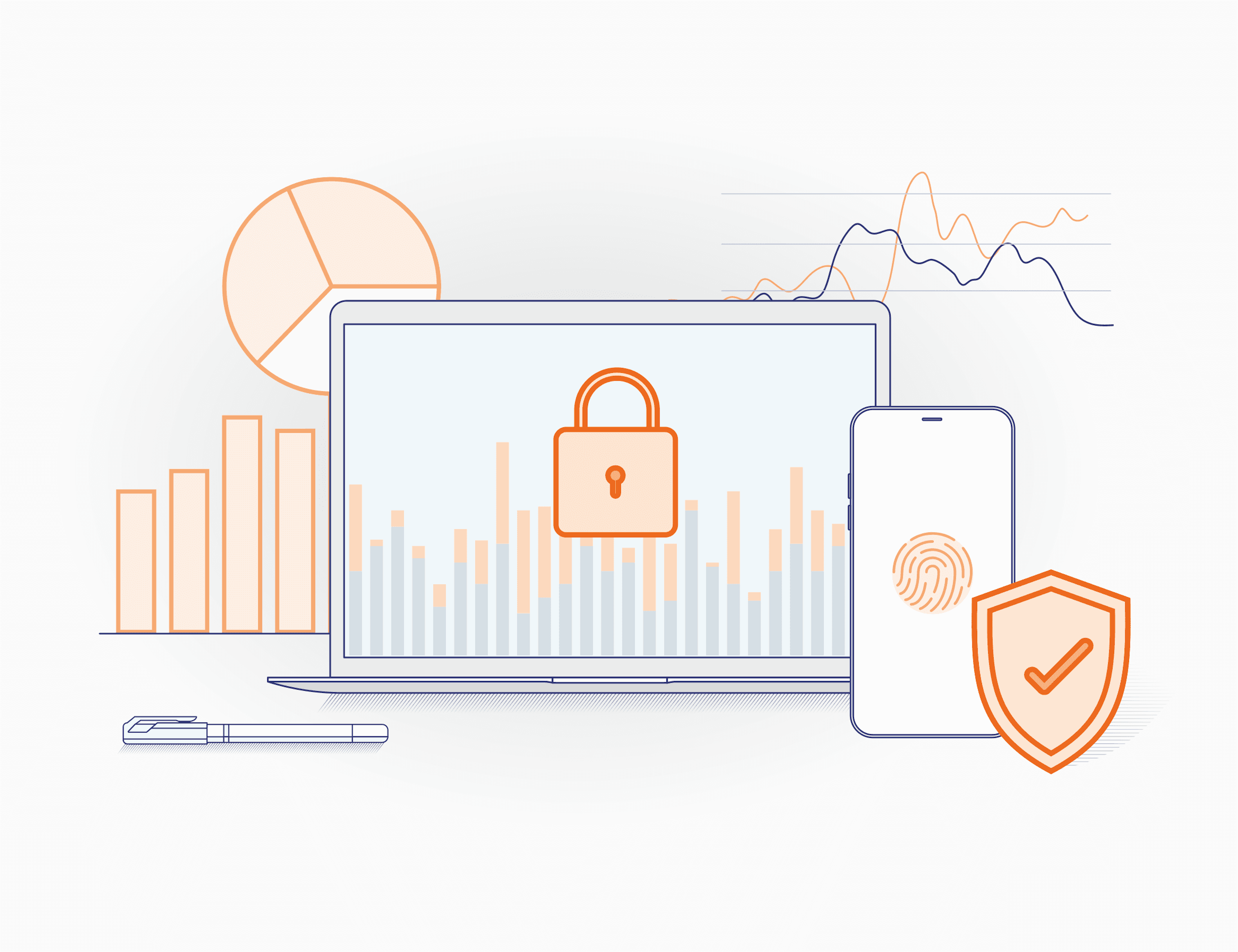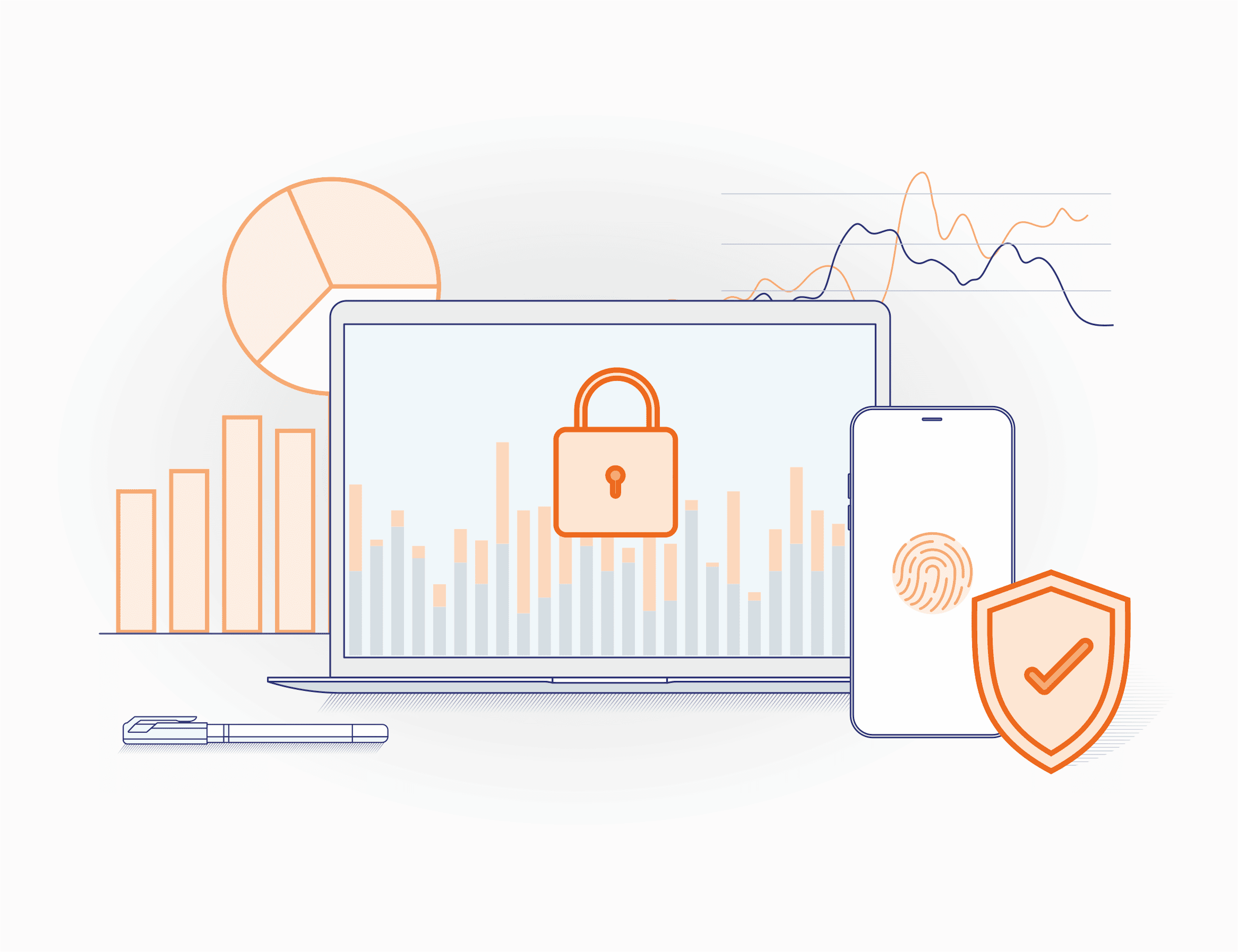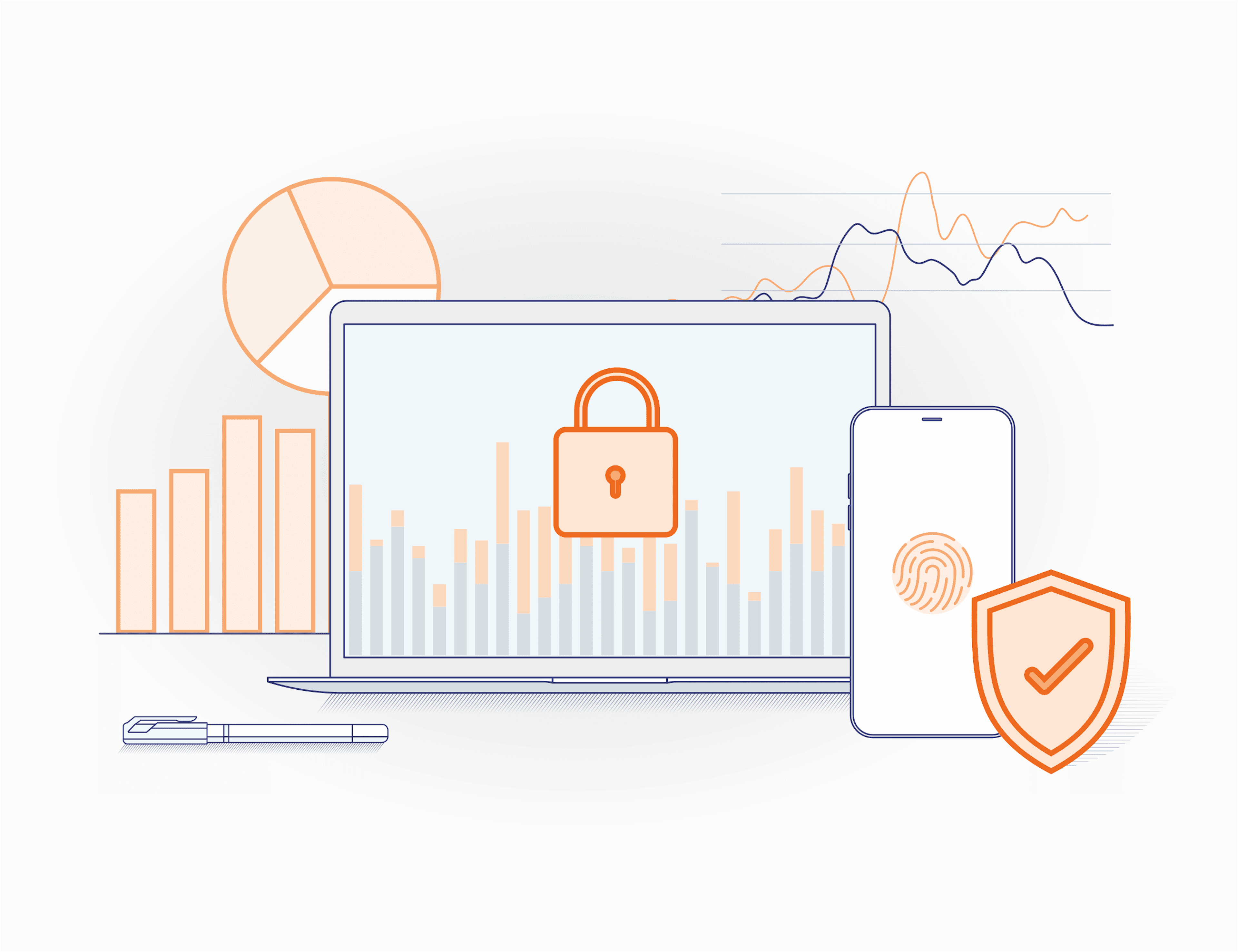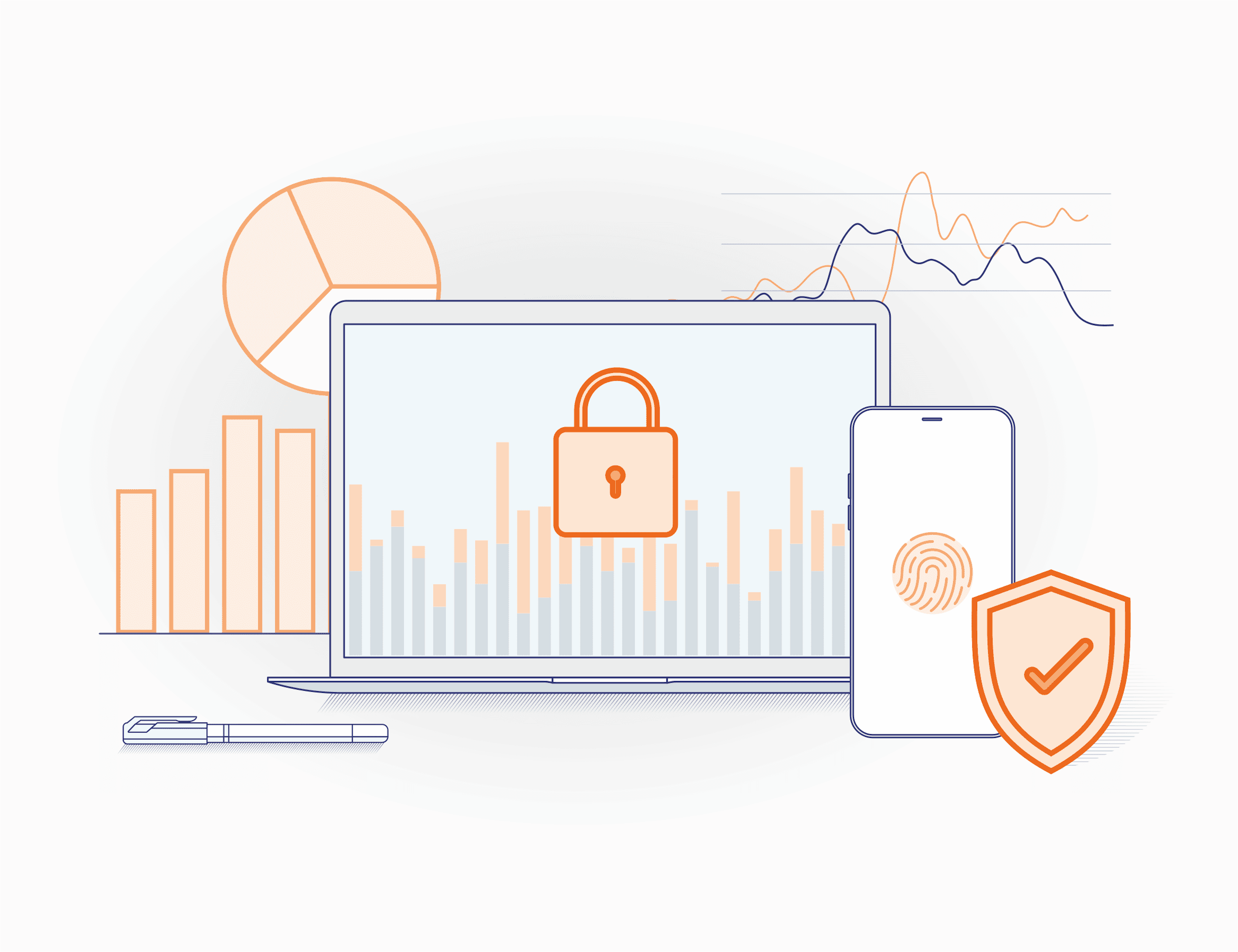What Is Account Takeover (ATO) and How to Prevent It


Account takeover (ATO) attacks have become one of the most dangerous risks facing digital lenders, banks, microfinance platforms, BNPL providers, and fintech companies worldwide. While businesses focus on growth and customer acquisition, fraudsters increasingly target user accounts – turning them into entry points for broader fraud. An ATO incident often goes beyond unauthorized access: it can lead to data theft, personal information leaks, and long-term erosion of user trust. In many cases, the compromised account is just the beginning – the real damage unfolds in what follows.
To put the threat into perspective, account takeover fraud caused nearly $13 billion in losses in the U.S. alone in 2023, according to the 2024 Identity Fraud Study by Javelin Strategy & Research. Abnormal Security’s 2024 State of Cloud Account Takeovers Report found that 83% of organizations experienced at least one instance of account takeover in 2023, and more than 75% of security leaders rank account takeovers among the top four cyber threats globally.
This article explores what account takeover is, why it has become one of the most pervasive threats in digital finance, and the tools organizations can use to detect and prevent it. We also include a strategic checklist for protecting your business from online fraud – covering key priorities across management, teams, and technology.
Account takeover is a type of fraud where attackers gain unauthorized access to a user’s account, typically by stealing credentials or exploiting security weaknesses. Once inside, fraudsters can drain funds, make unauthorized purchases, or use the account as a stepping stone for further crimes such as money laundering or synthetic identity fraud.
In an era of fast-moving digital services, account takeovers often go unnoticed until significant damage is done. Unlike straightforward transactional fraud, ATO fraud relies on deceiving systems into treating a malicious actor as a legitimate user. This makes detection harder and requires advanced risk assessment capabilities.
Account takeover attacks can target almost any organization that manages online accounts and user data. The most common targets include:
Any business that stores credentials or processes payments is potentially at risk.
Account takeover fraud usually involves several key steps:
This structured approach allows them to remain undetected longer, causing greater financial and reputational harm.
There are several reasons why account takeover attacks are growing rapidly:
Conventional methods – like static passwords or SMS OTPs – struggle against modern account takeover (ATO) attacks. Today’s attackers are increasingly sophisticated, mimicking legitimate user behavior and operating across multiple channels, which makes it difficult for legacy tools to detect anomalies in real time.
Moreover, many organizations hesitate to introduce strong multi-step authentication, fearing it could disrupt the user experience and lead to drop-offs during onboarding or transactions. Balancing security with seamless usability remains a critical challenge.
Another key vulnerability lies in the growing threat of zero-day exploits. Fraudsters actively search for weaknesses in systems – often discovering them before companies even realize such gaps exist. In some cases, even deploying all standard protective measures may not be enough. Fraudsters are continuously probing for new entry points – unlike organizations, which do not focus full-time on identifying system flaws. This asymmetry puts defenders at a disadvantage and underscores the need for dynamic, behavior-based security approaches that go beyond static defenses.
And often, the weakest link isn’t the technology at all – it’s the human factor. Social engineering tactics like phishing and vishing remain highly effective, especially when employees are not regularly trained to recognize and respond to them. Many organizations overlook this area, failing to implement ongoing awareness programs that could help mitigate human error. Without proper internal training, even the most advanced technical safeguards can be bypassed by a well-timed phone call or deceptive email. In the context of ATO, overlooking the human dimension of fraud prevention can be a costly mistake.
Businesses must adopt modern, multi-layered protection strategies that go beyond traditional methods. The most effective approach combines advanced technology, behavioral analysis, and continuous risk assessment to detect and prevent fraud before it causes damage.
Below is a summary of the most reliable and scalable methods used today to combat ATO risk:
Device intelligence analyzes thousands of non-personal technical and environmental signals – such as hardware configurations, browser fingerprints, language settings, and usage anomalies – to identify signs of fraud. This includes detecting remote access tools, virtual machines, and device spoofing techniques often used by fraudsters. This layer is especially effective at identifying abnormal device behavior without relying on personal data.
Behavioral biometrics continuously evaluate how a user interacts with a device: mouse movements, typing speed, tap pressure, scrolling behavior, and more. These subtle behavioral traits are difficult to fake and help differentiate legitimate users from imposters – even when login credentials are correct.
Multi-Factor Authentication (MFA), with 2FA being the most common form, adds a crucial layer of protection by requiring users to verify their identity using more than just a password. This may include an SMS code, biometric scan, or authenticator app. Although not invulnerable to phishing or SIM swap attacks, MFA significantly raises the difficulty level for fraudsters.
ATO fraud is not confined to the login stage. Risk must be monitored throughout the session. Real-time scoring of behaviors and patterns enables businesses to detect unusual activity and respond instantly – before funds are moved or accounts are compromised further.
Instead of applying the same security checks to all users, adaptive authentication adjusts dynamically based on risk levels. Low-risk users experience a frictionless journey, while high-risk sessions trigger additional verification. This ensures strong protection without degrading the user experience.
Many attacks succeed not due to weak systems, but poor user habits. Educating users – especially employees – about password hygiene, phishing awareness, and secure handling of sensitive data can significantly reduce entry points for attackers. Implement internal campaigns and regular training to reinforce secure behaviors.
Monitoring IP reputation, proxy usage, and geolocation consistency helps identify suspicious login attempts. A session originating from a high-risk IP range or a mismatched region can signal a takeover attempt and trigger additional scrutiny.
ATO attacks often involve unusual bursts of activity – multiple logins, rapid device switches, or high transaction volumes. Setting thresholds for behavioral velocity helps surface these anomalies in real time.
When combined, these techniques form a powerful, layered defense that adapts to evolving fraud patterns. No single tool is enough – but a holistic strategy built on behavioral insights, contextual data, and continuous risk evaluation will significantly reduce your exposure to ATO threats.
To help you assess and strengthen your anti-fraud strategies, we’ve prepared a practical checklist highlighting key priorities for management, teams, and technology. While every business faces different risks, these best practices can serve as a solid foundation for reducing digital fraud exposure.
An important thought to keep in mind – completely eliminating fraud may be either too costly or simply impossible. So your task is to define an acceptable level of fraud risk for your business and prioritize the most critical risks.
Even simple changes can make a measurable difference – especially when guided by expert oversight and supported by the right technology stack.
At JuicyScore, we provide a comprehensive account takeover prevention solution to mitigate ATO attacks. Our technology assesses more than 230 predictors and over 65,000 device parameters in real time, enabling clients to make confident decisions on whether to allow, challenge, or block a session.
We help digital lenders, banks, and fintechs reduce their exposure to ATO fraud while maintaining a smooth, user-friendly experience. Our approach doesn’t use personal identifiers, supporting compliance with privacy regulations worldwide.
Ready to protect your users and business from account takeover? Book a demo with JuicyScore to see how advanced device intelligence can transform your fraud prevention strategy.
Account takeover (ATO) is a type of fraud where criminals gain control of a legitimate user account to commit unauthorized activities, such as stealing funds or making purchases.
They often occur through stolen credentials, phishing, or exploiting weak security measures. Attackers may also use bots or automated scripts to test and validate login details.
Because it involves impersonating legitimate users, making it harder to detect. Successful attacks can lead to direct financial losses and severe reputational harm.
Warning signs of an ATO attack include:
Yes. Compromised accounts can distort creditworthiness assessments, leading to higher default rates and portfolio risks, especially for digital lenders and BNPL services.
Preventing account takeover (ATO) requires a modern, layered fraud prevention strategy. Here are the technologies that your business can implement:
No single tool is enough. Combining these methods creates a stronger, more adaptive defense against account takeover attacks.

Synthetic identity fraud is on the rise. Discover how behavioral and device-based signals help fintechs detect synthetic fraud without using personal data.

Social engineering fraud types, impact on business, and ways to prevent.

What are the measures to prevent different types of third-party fraud?
Get a live session with our specialist who will show how your business can detect fraud attempts in real time.
Learn how unique device fingerprints help you link returning users and separate real customers from fraudsters.
Get insights into the main fraud tactics targeting your market — and see how to block them.
Phone:+971 50 371 9151
Email:sales@juicyscore.ai
Our dedicated experts will reach out to you promptly